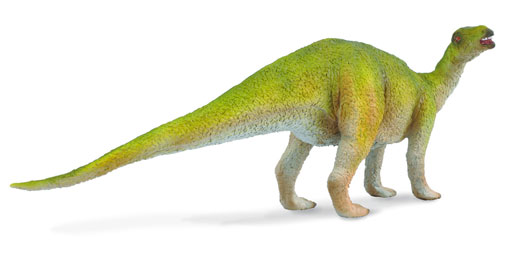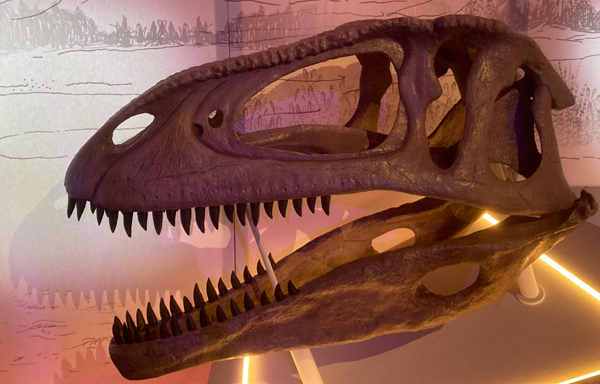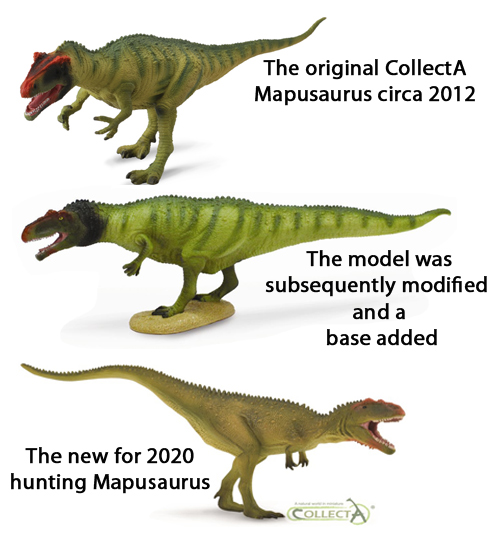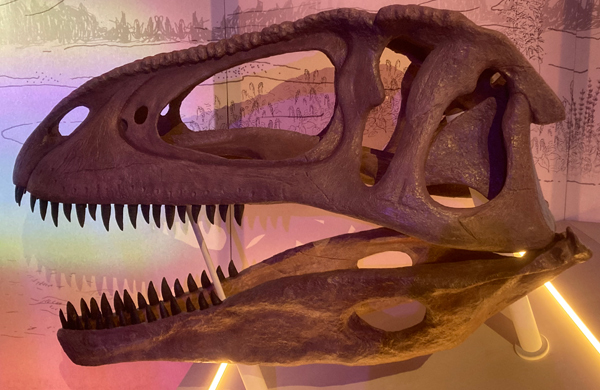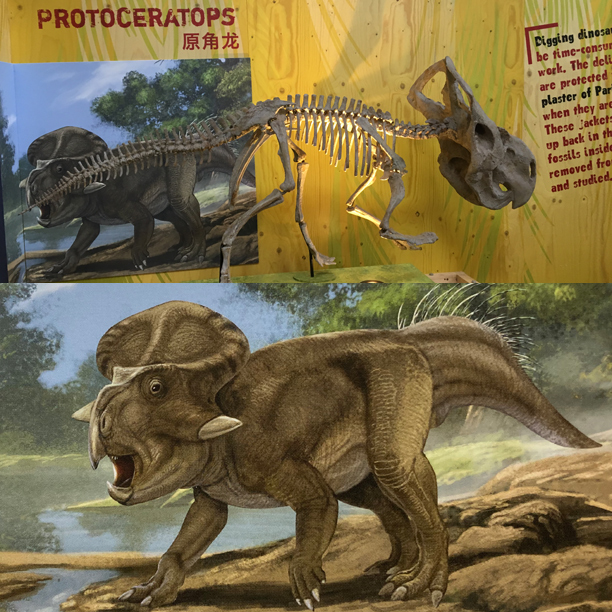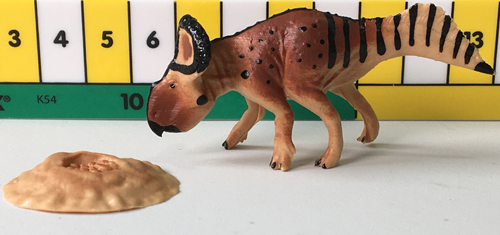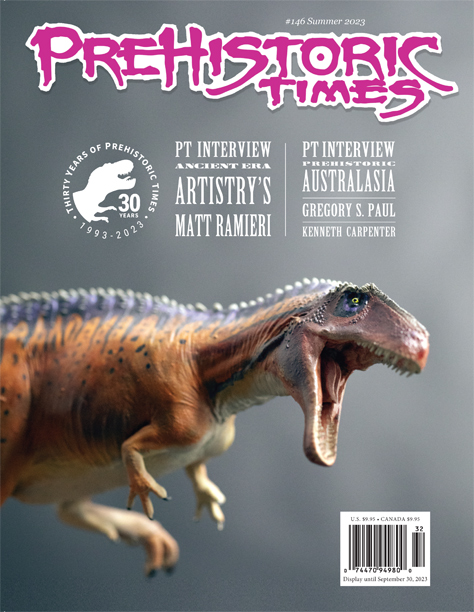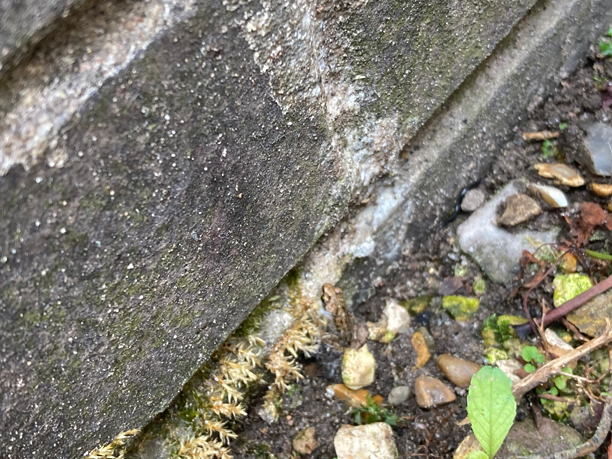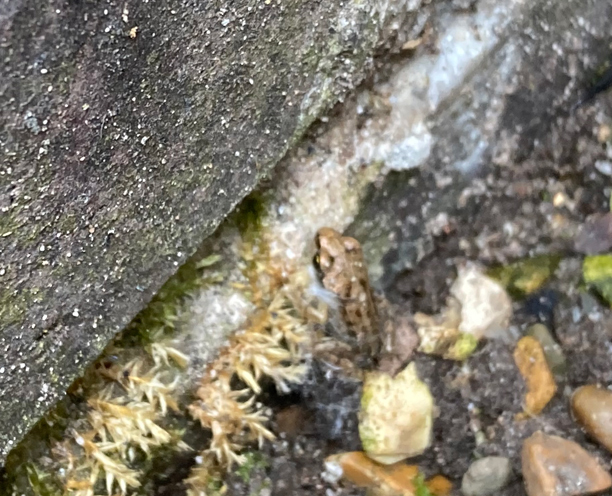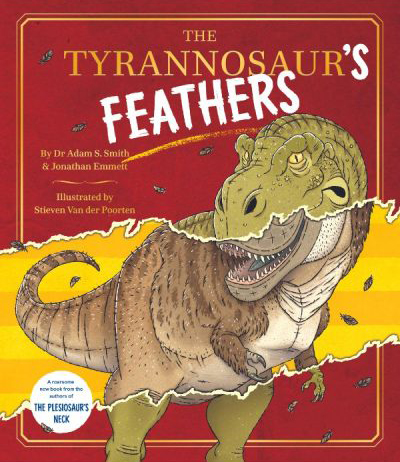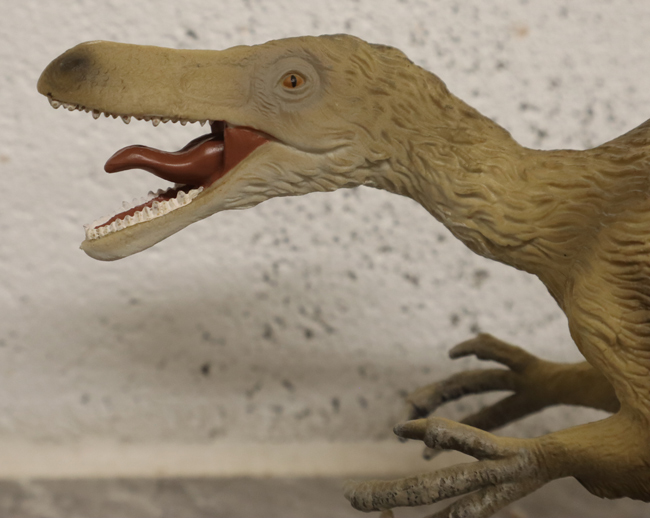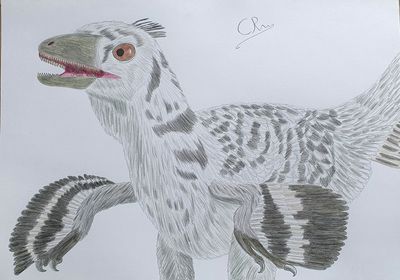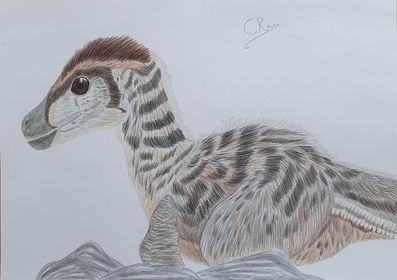Iani smithi – A New Dinosaur is Described
A newly discovered ornithopod dinosaur is helping to document faunal turnover in the early Late Cretaceous of North America. The dinosaur, named Iani smithi has been classified as a basal member of the Rhabdodontomorpha. This type of dinosaur is distantly related to the duck-billed dinosaurs (Hadrosauridae), which were to become extremely common by the Late Cretaceous.
The plant-eating I. smithi lived when the Earth was undergoing an intensive period of climate change. Global populations of dinosaurs were changing. Many long-established clades were dying out, being replaced with different types of dinosaur that were to dominate terrestrial environments until the end of the Mesozoic.
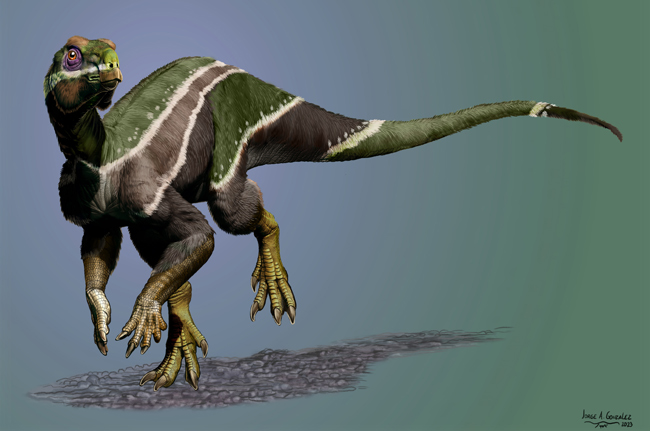
Iani smithi
Described from fossils excavated in 2014 from a quarry within the lower Mussentuchit Member of the Cedar Mountain Formation (Utah), the single specimen is thought to represent a juvenile. The fossil material consists of a disarticulated skull, vertebrae, limb elements, parts of the pectoral and pelvic girdles and ribs.
Researchers estimate that Iani lived approximately 99 million years ago (Cenomanian faunal stage of the Late Cretaceous). The Earth was rapidly warming due to increased concentrations of carbon dioxide in the atmosphere. Sea levels were rising and this dramatic period of climate change, known as the Cretaceous Thermal Maximum (KTM), led to extensive faunal turnover.
In North America, sauropods became rarer and eventually extinct (probably). Smaller ornithischian dinosaur clades began to dominate terrestrial environments. Spinosaurids and carcharodontosaurids were in decline. These theropods were eventually replaced by tyrannosaurs and abelisaurids.
This dramatic faunal turnover is reflected in the dinosaur’s name. The genus honours Janus – the two-faced Roman god of change.
The species name honours Joshua Aaron Smith. It is in recognition of his contribution to the discovery and conservation of paleontological resources in Utah.
A Rarity in North America
Iani smithi will help palaeontologists to better understand the transition of the Ornithopoda from Early Cretaceous groups to those bird-hipped dinosaurs that dominated Late Cretaceous terrestrial environments. Early rhabdodontomorphs such as Iani are exceptionally rare in the North American fossil record.
Corresponding author of the scientific paper, Lindsay Zanno (North Carolina State University) commented:
“Finding Iani was a streak of luck. We knew something like it lived in this ecosystem because isolated teeth had been collected here and there, but we weren’t expecting to stumble upon such a beautiful skeleton, especially from this time in Earth’s history. Having a nearly complete skull was invaluable for piecing the story together.”
A Phylogenetic Assessment of Iani smithi
Zanno and her team used the well-preserved skeleton to analyse the evolutionary relationships of Iani and were surprised, and at first sceptical of their findings.
Associate research professor Lindsay Zanno explained:
“We recovered Iani as an early rhabdodontomorph, a lineage of ornithopods known almost exclusively from Europe. Recently, palaeontologists proposed that another North American dinosaur, Tenontosaurus – which was as common as cattle in the Early Cretaceous – belongs to this group, as well as some Australian critters. If Iani holds up as a rhabdodontomorph, it raises a lot of cool questions.”
The picture (above) shows a model of Tenontosaurus from the CollectA Age of Dinosaurs Popular range.
To view this range of prehistoric animal figures: CollectA Prehistoric Life Figures.
The research team speculate that Iani could be the last of its line. Studying this fossil specimen, in the context of environmental and biodiversity changes during the Cretaceous will provide insight into the history of our planet.
Lindsay Zanno added:
“Iani may be the last surviving member of a lineage of dinosaurs that once thrived here in North America but were eventually supplanted by duckbill dinosaurs. Iani was alive during this transition, so this dinosaur really does symbolise a changing planet.”
Everything Dinosaur acknowledges the assistance of a media release from the North Carolina State University in the compilation of this article.
The scientific paper: “An early-diverging iguanodontian (Dinosauria: Rhabdodontomorpha) from the Late Cretaceous of North America” by Lindsay E. Zanno, Terry A. Gates, Haviv M. Avrahami, Ryan T. Tucker and Peter J. Makovicky published in PLoS One.


